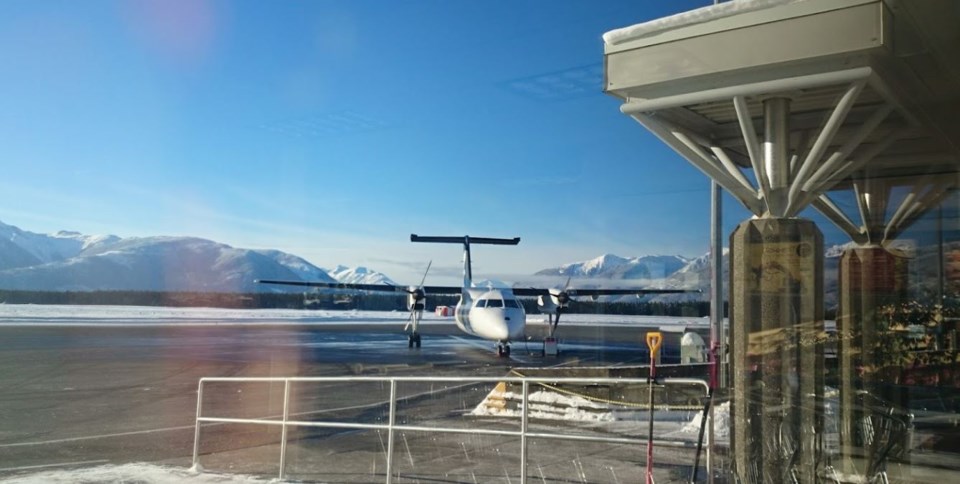The BC Centre for Disease Control has added another six flights in or out of northern B.C. to its COVID-19 exposure alert notice.
The following have been listed as of this publication (Nov. 24):
- Nov. 18 = Air Canada flight 8239 from Terrace to Vancouver - rows six to 12 affected
- Nov. 18 = WestJet flight WS3106 from Terrance to Vancouver - rows one to six affected
- Nov. 16 = Air Canada/Jazz Flight 8280 from Vancouver to Prince Rupert - rows 9-12 affected
- Nov. 12 = Air Canada/Jazz flight 8183 from Vancouver to Fort St. John - rows five to 11 affected
- Nov. 12 = North Cariboo (Summit Air) flight 2011 from Kelowna to Fort St. John - rows not reported
- Nov. 11 = North Cariboo Air flight 1541 from Terrace to Vancouver - rows three to nine affected
The last Prince George flight to make the list was Air Canada flight 8201 from Vancouver (YVR) to Prince George (YXS) on Nov. 10 with rows one to seven affected.
The other flights involving YXS in Prince George are as follows:
- Nov. 2 = Flair Airlines flight 8187 from Prince George to Edmonton - rows 26-32
- Oct. 31 = Flair Airlines flight 8186 from Edmonton to Prince George - rows not reported
- Oct. 18 = Air Canada flight 8209 from Vancouver to Prince George - rows eight to 14
- Oct. 13 = Flair Air flight 8187 from Prince George to Edmonton - rows 10 to 16
- Aug. 24 = Flair Air flight 8711 from Vancouver to Prince George - rows 26 to 32
- Aug. 24 = Flair Air flight 8711 from Prince George to Edmonton - rows 26 to 32
- Aug. 21 = Air Canada flight 8212 from Prince George to Vancouver - rows six to 12
- March 15 = Central Mountain Air flight 9M725 from Kelowna to Prince George - rows not reported
- March 12 = Central Mountain Air flight 9M728 from Prince George to Kelowna - rows not reported
- March 5 = Air Canada flight 8209 from Vancouver to Prince George - rows nine to 15
All passengers on flights involving COVID-19 exposure are asked to self-monitor for symptoms for two weeks.
Since March 27, passengers seated near a case of COVID-19 that was recognized after arrival are no longer being directly notified of their potential exposure, but are asked to check online and monitor their symptoms.





